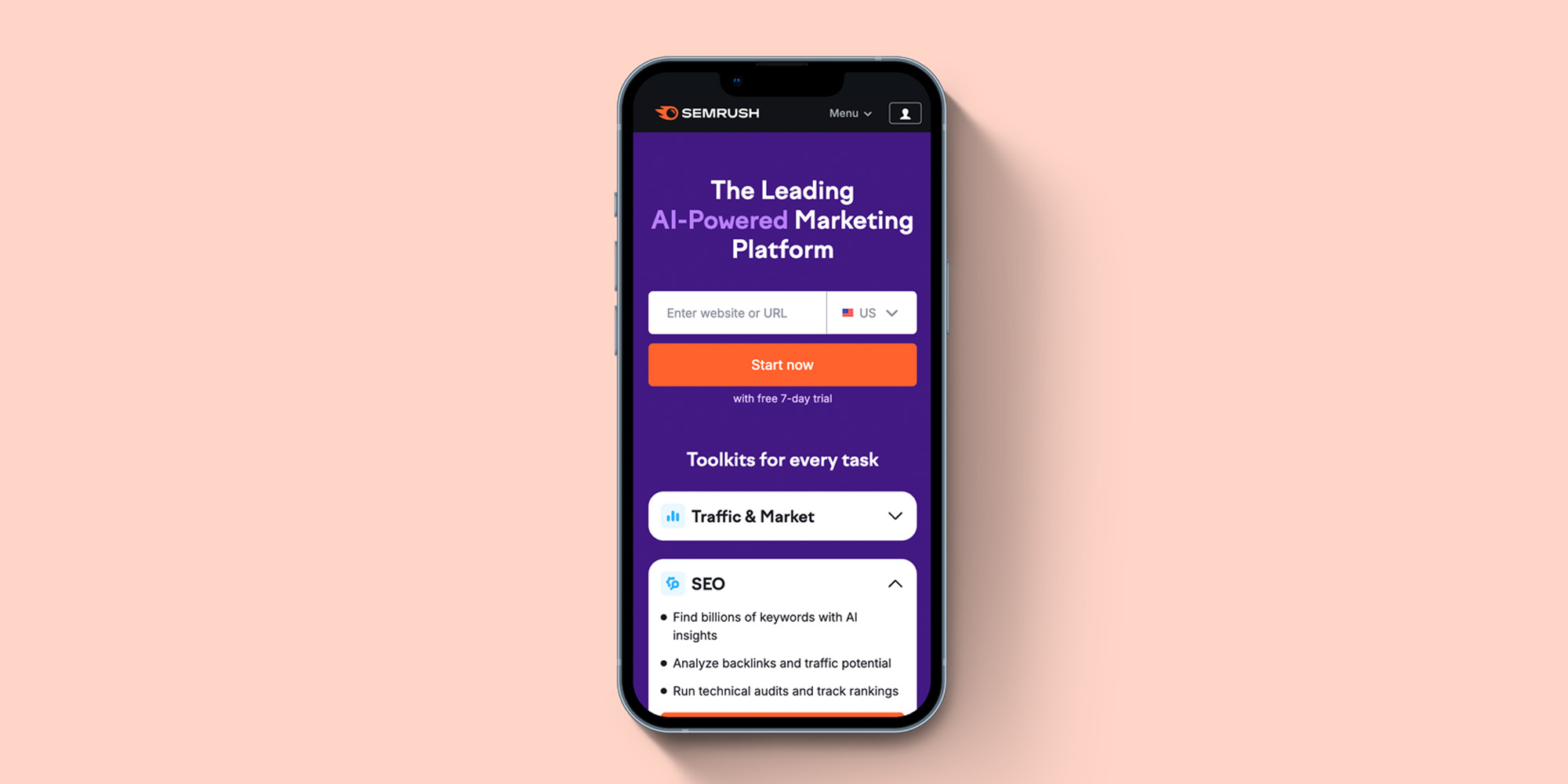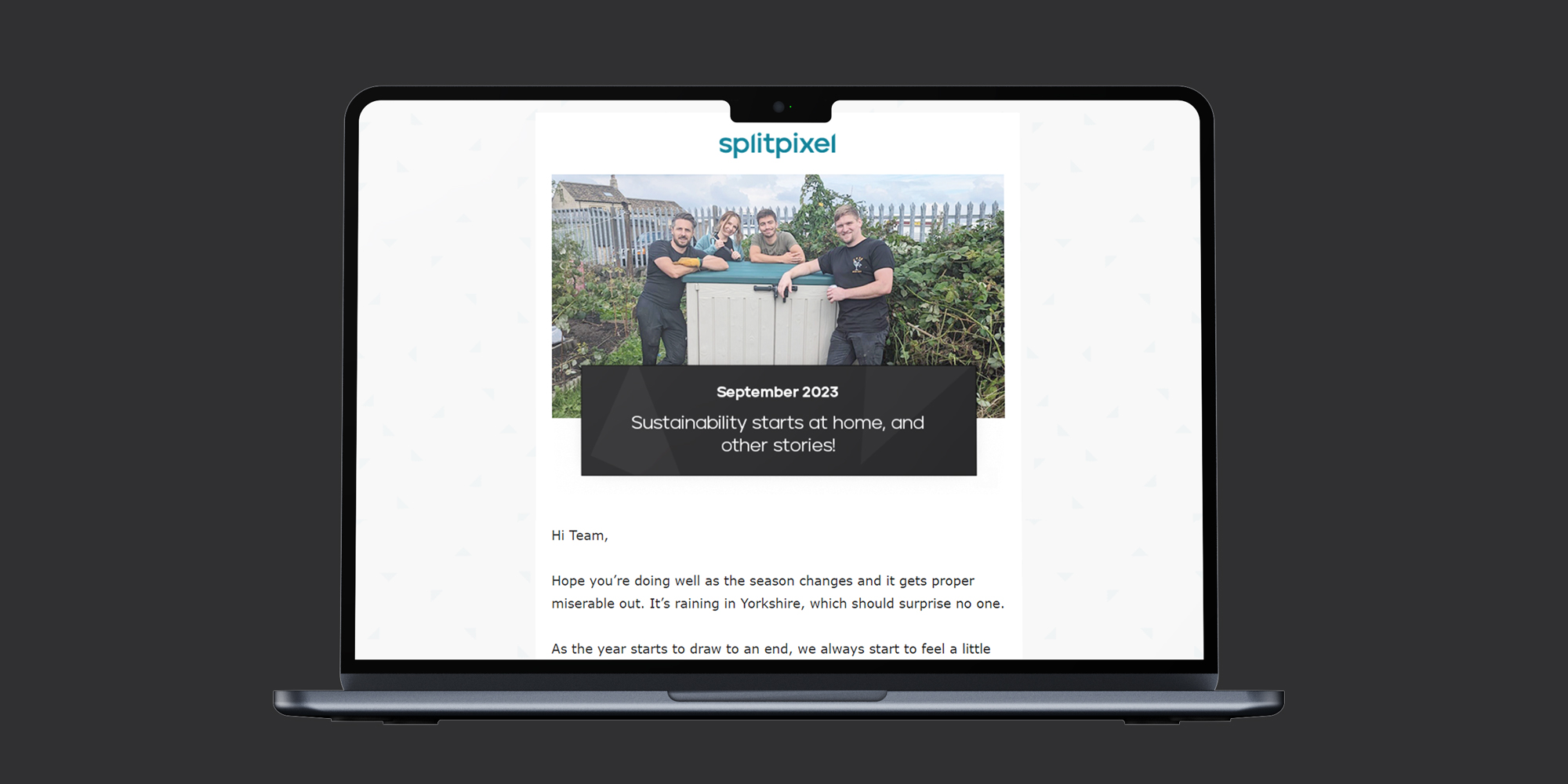Before we delve into the delightful world of SEO and keyword research let’s make one thing clear: conducting comprehensive search engine optimisation (SEO) keyword research can make massive differences to the results of your on-site SEO.
Obviously, you want to get this right, so how can you do it?
There is one simple step before we start trying to work out the best keyword research tool and how to determine what will be the optimal keywords for search engine optimisation. You need to have a website to use the keywords that we are targeting for optimisation. Without one, it would be like playing football without a pitch or boundaries, wouldn’t that be silly? So, at this point, having a website is a requirement to start your keyword search engine optimisation journey.
If you don’t have a website, you’ve arrived at the perfect place! While we are an excellent digital marketing agency, we also specialise in building WordPress websites from start to finish; from design to development to content and marketing, we do it all. You can take a look at some of our great work here!
What is Keyword Research?
To start, a good question to answer is “what exactly is keyword research and how do we use it?”
Keyword research is the process of finding and analysing search terms that people input into search engines, like Google, with keyword research tools. The end goal is to use this data to optimise your content and attract relevant organic traffic.
Sounds easy enough, Right? Just pick some keywords for search engine optimisation and get started. Before we do, let’s discuss some useful tips to help you choose the right keywords.
How to Choose Keywords for Search Engine Optimisation?
Keywords are the starting point of SEO. To use a football analogy, consider the keyword as the ball in this instance. We need to get the ball, or keyword, into the opposition’s goal, or the top spot on the Search Engine Results Page (SERP). The closer we get to the goal, the higher we’re climbing the Google search rankings. Just like in football, in some instances it can be useful to pass the ball back, further away from the opposition’s net. By doing this, you can set yourself up in a better position to attack, getting higher up the pitch. In keyword search engine optimisation, sometimes losing or lowering a ranking can be worthwhile for the long-term goal of getting higher up the SERP.
For example, say you have a blog post that ranks quite well for a cluster of keywords, and it ranks okay for some terms that don’t tie into the keyword cluster it can be worth editing this content to target the keywords that rank well already and work to optimise them at the expense of the ones that just did okay. You could then create new blog content solely focused and optimised for the other keywords, which then allows them to rank higher due to the keyword cluster focus.
If you’re still struggling to understand how best to use keywords, get in touch and have a chat with our marketing team; they’ll be happy to talk you through how our SEO and keyword research can be used to optimise your website.

Understanding Intent of Keywords for Search Engine Optimisation
Search intent refers to the underlying goal a user has when they type a query into Google. Aligning your content with the correct intent not only increases your chances of ranking higher but also ensures that users find exactly what they’re looking for.
Intent is king in the world of SEO, it’s not about trying to obtain as many clicks as possible, but more so, as many relevant clicks with the right intent as possible. Knowing the intent of a user puts you in a better position to choose keywords for search engine optimisation.
There are several different categories of Google search intent to consider: Informational, Navigational, Transactional, and Commercial.
Informational
Informational intent is when users are looking to gain insight or learn something about a topic. These searches traditionally involve questions, such as “how to eat a cheeseburger” or “what is an aardvark.” To meet our users’ needs, content should be focused on educational outputs – think blog posts, tutorials, guides, and articles that clearly answer questions or explain topics.
Navigational
Navigational intent occurs when users already know the brand or site that they’re looking for and want to go there directly. Examples include searches like “Amazon login” or “BBC official site.” In these cases, users are not so interested in discovering new content and are more interested in quickly reaching a known destination. For SEO, this intent is largely relevant to the brands themselves.
Transactional
Transactional intent indicates that the user is ready to take a specific action, often purchasing a product/service or signing up for something. Phrases like “buy vitamin tablets online” or “subscribe to Splitpixel’s newsletter” show high commercial intent. The top-quality content for this stage includes product pages, sales landing pages, and strong calls to action that encourage user conversions.
Commercial
Commercial intent is when users are in their research phase of the buying process. They’re not completely ready to purchase yet but are comparing options and gathering info. Queries like “best running shoes under £50” or “SEMrush vs. Ahrefs” reflect this mindset. Creating content such as comparison guides, top-10 lists, reviews, and in-depth analyses can help influence these decision-making users.
Short-tail Keywords vs Long-tail Keywords for Google Search Keyword Analysis
Now we’re better educated on the intent of keywords for search engine optimisation, we can now structure our content to match what our users expect and want to find.
When getting stuck in with SEO and keyword research, one of the most important decisions to make is choosing between short-tail and long-tail keywords. They each have their advantages and disadvantages, so whatever you decide can have a huge impact on the success of your keyword search engine optimisation. Let’s discuss each so we can identify the best option for your purpose.
Short-tail Keywords
Short-tail keywords are broad and normally consist of one or two words—for example, “footballs” or “phones.” These keywords usually have higher search volumes, but they also come with intense competition and uncertain user intent. Ranking for short-tail keywords is difficult, especially for new websites or websites with low domain authority.
When considering how best to conduct Google search keyword analysis, these types of keywords can be best for brand awareness and top of funnel traffic, or if you have a high domain authority site, you should be able to do well targeting these types of search terms.
Long-tail Keywords
Long-tail keywords are longer, more specific search phrases like “best football boots for speed” or “cheap mobile phones with long battery life.” While they have lower search volumes, they’re easier to rank for, less competitive, and attract users who are closer to making a decision, making them perfect for targeted content and conversions.
These types of keywords are best for targeted specific traffic or perhaps to hone in on quite niche content and rank for in a high position. The trade-off here would be obtaining “less” but “better intent” traffic to your site. You want to use these types of keywords for search engine optimisation when you want to drive high-intent and ready-to-convert users, or more detailed, focused content.
Short-tail Keywords vs Long-tail Keywords for Google Search Keyword Analysis
To uncover valuable keywords for search engine optimisation and understand how users search, you need the right tools. Keyword research tools can help you find terms with strong search volume, assess competition, and discover potential content gaps. Whether you’re on a budget or ready to invest, there are options for everyone to conduct good research using keyword analysis tools.
Each keyword research tool has its own advantages and unique quirks that make it the right one for the job; we’ll explore some of them below to help you determine what would be most useful for you and your purpose.

Google Ads Keyword Planner
Direct Access to Google Search Data: Unlike third-party tools that estimate their metrics, Google Ads Keyword Planner uses real-time search data direct from Google, making it one of the most accurate sources for understanding how often keywords are searched.
Search Volume and Forecasting: It shows average monthly search volumes, competition difficulty, and what a bid estimate would be for that specific term. While the volume ranges depending on what you’re using as a keyword, they still give a solid sense of keyword popularity.
Keyword Suggestions: Enter a seed keyword, and it will generate hundreds and thousands of related keyword ideas that you could use. These suggestions often include very specific long-tail keywords that you wouldn’t have first considered. It may open up new ways to write your content with these in mind and find your perfect keywords for search engine optimisation.
Filter by Location and Language: Within Google Ads Keyword Planner, you can specify your research to specific cities or countries. This is ideal for local SEO or targeting specific markets.
Trend Data and Seasonality: Google Ads Keyword Planner shows historical search trends, helping you identify seasonal opportunities or growth of certain search terms that could become targetable.
Cost-Per-Click (CPC) Insights: This tool displays estimated bid ranges for each keyword, which at first glance you may consider would solely be for PPC, however, this tool is extremely useful for SEO. Higher CPC values often suggest commercial intent; this makes the keywords that have a higher cost to bid for more suitable as converting keywords. Through this Google search keyword analysis, we can then identify those as more bottom-of-the-funnel search terms.
Free to Use: Even though it’s part of the Google Ads platform, you can use Google Ads Keyword Planner without running any ads at all. All you need for this keyword research tool is a Google account.

Semrush Keyword Research
Enormous Keyword Database: Semrush offers access to billions of keywords for search engine optimisation across several countries and languages as well. It doesn’t matter if you’re targeting local, national, or global markets; it provides extensive coverage and detailed data.
Keyword Magic Tool: One of Semrush’s standout features, the Keyword Magic Tool, helps you discover tons of keyword ideas from a single seed keyword. It will also automatically organise them by topic and intent, making it easier to plan for structured content. This is a major benefit of using Semrush for keyword research.
Keyword Difficulty Score: Semrush keyword research provides a keyword difficulty percentage, which gives you a measurement from 1 to 100 on how hard a specific search term would be to rank for. This helps prioritise realistic keyword targets, especially for smaller websites – using this within your SEO keyword analysis will enable you to find quick wins for your business.
Search Intent Detection: Semrush can automatically classify keywords by search intent (e.g., commercial, transactional), which is crucial for aligning your content with what users actually want, as we mentioned earlier.
Competitor Keyword Analysis: You can use Semrush for competitor analysis directly. Through Semrush keyword gap analysis, you can identify the gaps where your keywords don’t rank, but your competitors do. This can be useful to highlight areas where you currently don’t have a strong digital presence. It can also be useful to see what your competitors are ranking well for and explore why they rank well for those terms.
SERP Feature Tracking: Semrush keyword research shows whether a keyword triggers special Google SERP features (e.g., featured snippets, site links). This is helpful when optimising for visibility beyond your regular listings and can highlight the importance of doing so.
Real-Time Trends and Historical Data: Within Semrush Magic Tool you can see real-time trends through historical data. We can use this to determine if something is a seasonal change or something more than that. This allows us to make the best decisions with Google search keyword analysis in mind.
Keyword Grouping and Clustering: You can organise your keywords for search engine optimisation into unique topic clusters. This can be perfect for building content hubs and pillar pages, which are effective SEO strategies for the modern day.
AlsoAsked – A Keyword Search Tool for FAQs
Visualises Search Relationships: AlsoAsked pulls data from Google’s feature and organises it into a visual tree of related questions. This helps you understand how users think, ask, and refine their queries around a topic.
Uncovers Intent-Based Keyword Opportunities: Because this keyword search tool focuses on natural language questions, AlsoAsked reveals long-tail, intent-driven keywords for search engine optimisation that reflect what people are really trying to find out. These align with informational and commercial investigation intents to help you spot prime opportunities for blog posts and FAQ style pieces of content.
Supports Topic Clustering and Content Planning: The way questions are grouped allows you to easily build topic clusters. For example, one root query can give you a full outline for a pillar page and several supporting articles, helping you build topical authority and improve internal linking.
Content Ideas Straight from Google: Since the data is pulled directly from Google’s live search results, it shows current, real-world data, not estimates. Through this keyword analysis tool, you’re tapping into what users are actively asking right now.
Saves Time with Easy Export and Structure: You can export the results in various formats, making it easy to incorporate into keyword maps or editorial calendars. The clean structure helps you avoid content overlap and ensures coverage of subtopics.
Low-Cost and Easy to Use: AlsoAsked offers a simple interface and doesn’t require a steep learning curve. Even beginner content marketers can use it to surface relevant SEO and keyword research, and actionable questions quickly.
Final thoughts
If, after reading about all the helpful keyword research tools out there, you’re looking at your website rankings and want to know how we can help you make the most of them, our helpful marketing team are always on hand to answer any queries, offer support, and provide SEO services to clients. If you’d like to learn even more about how to improve your SEO using keyword research tools, read our other SEO blogs or get in touch, we’re here to help.



